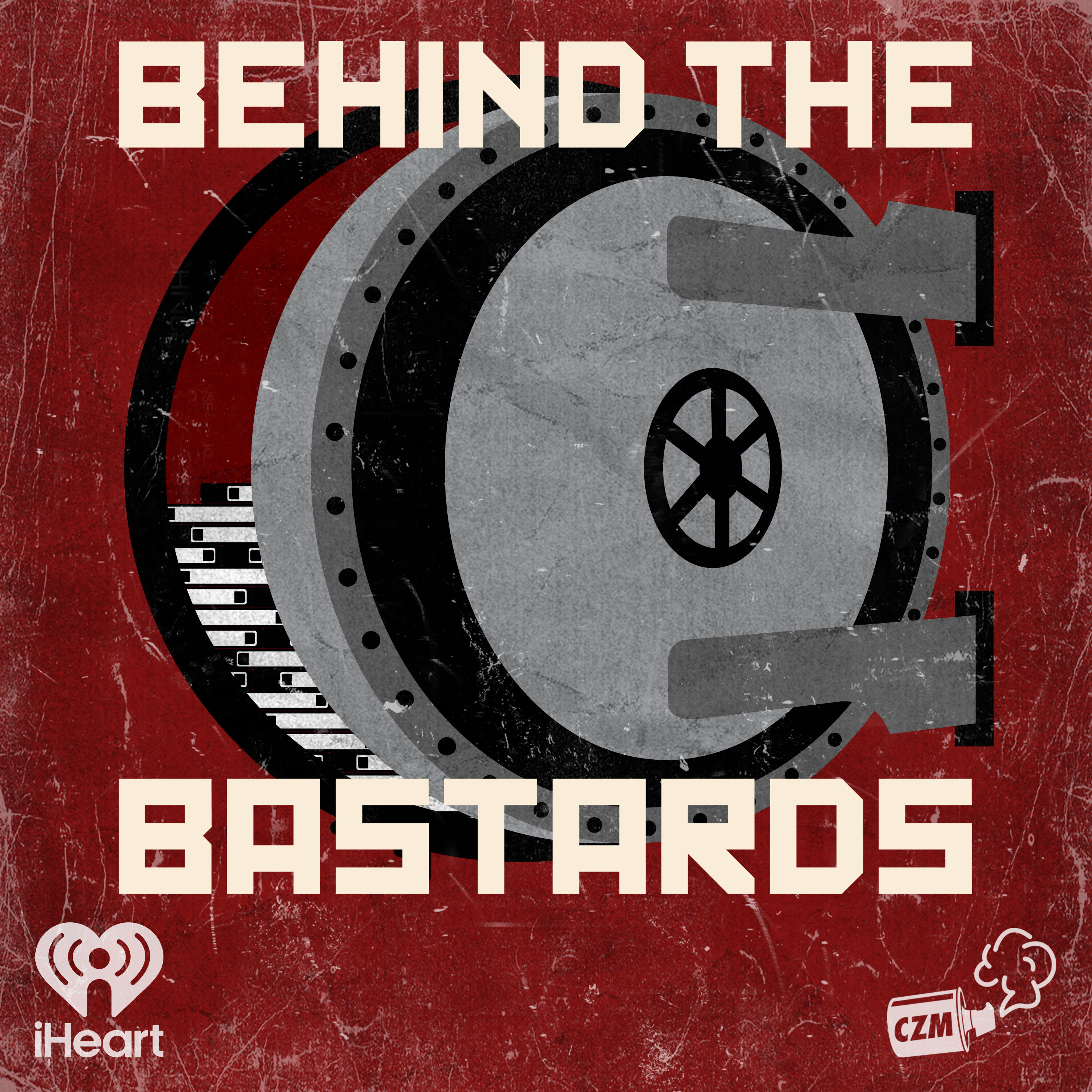Chapter

The Dark History of Lobotomies and Valium
The podcast discusses the history of lobotomies and Valium, with the host having doubts about the crossover of the two types of medication. They also mention a dark moment in history when lobotomies were used as a form of control by scrambling a person's brain.
Clips
The podcast discusses the history of the Sackler family, Purdue Frederick's main product before OxyContin, and the consequences of Arthur Sackler's path to becoming a pharmaceutical industry titan.
08:26 - 10:04 (01:38)
Summary
The podcast discusses the history of the Sackler family, Purdue Frederick's main product before OxyContin, and the consequences of Arthur Sackler's path to becoming a pharmaceutical industry titan.
ChapterThe Dark History of Lobotomies and Valium
EpisodePart One: The Sackler Family: America's Deadliest Drug Dealers
PodcastBehind the Bastards
The hosts discuss the intersection between the use of lobotomies and Valium, as well as their availability in Guatemala in the past, and the disturbing history of lobotomies in the 50s, exemplified by the case of Rosemary Kennedy.
10:04 - 13:09 (03:05)
Summary
The hosts discuss the intersection between the use of lobotomies and Valium, as well as their availability in Guatemala in the past, and the disturbing history of lobotomies in the 50s, exemplified by the case of Rosemary Kennedy.
ChapterThe Dark History of Lobotomies and Valium
EpisodePart One: The Sackler Family: America's Deadliest Drug Dealers
PodcastBehind the Bastards
The founder of Purdue Pharma, responsible for creating and aggressively marketing OxyContin, gave the Sackler gallery at the Metropolitan Museum of Art a collection of Chinese artifacts, but required the museum to sell them to him at a lower price than what he had originally acquired them for in the 1920s.
13:09 - 15:22 (02:12)
Summary
The founder of Purdue Pharma, responsible for creating and aggressively marketing OxyContin, gave the Sackler gallery at the Metropolitan Museum of Art a collection of Chinese artifacts, but required the museum to sell them to him at a lower price than what he had originally acquired them for in the 1920s.